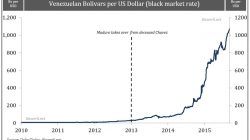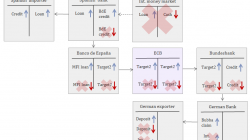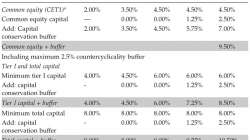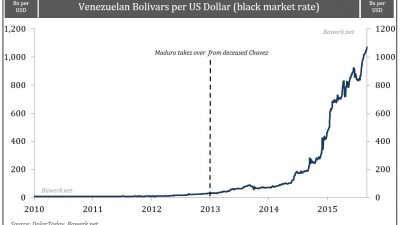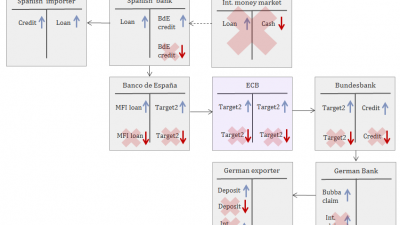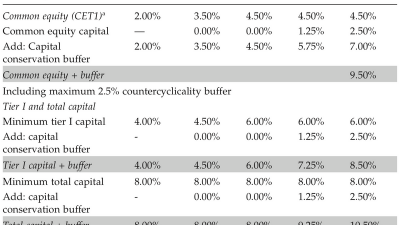In the realm of political maneuvering and economic strategy, the debate between NIRP (Negative Interest Rate Policy) and QE4 (Quantitative Easing Round 4) takes center stage. Let’s delve into the intricacies of this contentious topic and explore why NIRP may trump QE4.
### The Battle of Economic Policies
As nations grapple with the ongoing challenges of economic stability and growth, central banks are faced with tough decisions on which monetary policy tools to implement. NIRP, a relatively new concept, involves setting interest rates below zero to stimulate spending and boost inflation. On the other hand, QE4 represents a continuation of the quantitative easing measures that have been employed in the past to inject liquidity into the economy. Both policies have their proponents and critics, but the question arises – which one is more effective in the current economic landscape?
### The Case for NIRP
Advocates of NIRP argue that by pushing interest rates into negative territory, consumers and businesses are incentivized to spend rather than save. This can lead to increased economic activity, higher inflation rates, and overall economic growth. Additionally, NIRP can help devalue a country’s currency, making exports more competitive on the global market. Proponents believe that NIRP is a powerful tool that can jumpstart a sluggish economy and prevent deflationary pressures from taking hold.
#### Stimulating Consumer Spending
One of the main benefits of NIRP is its potential to stimulate consumer spending. By penalizing savers with negative interest rates, individuals are more likely to put their money to work in the economy through investments, purchases, and other forms of consumption. This can create a multiplier effect, where increased spending leads to higher demand for goods and services, ultimately boosting economic growth.
#### Fostering Investment and Innovation
Another advantage of NIRP is its impact on investment and innovation. With traditional saving accounts offering little to no return in a negative interest rate environment, businesses are encouraged to seek out alternative means of generating returns. This can lead to increased investment in research and development, expansion of operations, and overall advancement in technology and productivity.
### The Potential Pitfalls of QE4
While quantitative easing has been a go-to tool for central banks in times of crisis, there are concerns about the long-term implications of repeated rounds of QE. Critics argue that QE4 could lead to asset bubbles, income inequality, and distortions in financial markets. Additionally, there are doubts about the effectiveness of QE in stimulating real economic growth, as the benefits often seem to be short-lived and limited in scope.
#### Inflationary Pressures
One of the main drawbacks of QE4 is its potential to fuel inflationary pressures. By flooding the economy with liquidity, central banks risk devaluing the currency and driving up prices of goods and services. This can erode purchasing power, especially for low-income individuals, and create instability in the economy.
#### Asset Bubbles and Market Distortions
Another concern with QE4 is the creation of asset bubbles and distortions in financial markets. As central banks purchase assets such as government bonds and mortgage-backed securities, they can artificially inflate prices and create a false sense of security. This can lead to speculative bubbles that eventually burst, causing widespread economic damage.
### The Verdict: Why NIRP May Trump QE4
After examining the arguments for both NIRP and QE4, it becomes clear that NIRP may have the upper hand in the current economic environment. With its ability to stimulate consumer spending, foster investment and innovation, and devalue the currency to boost exports, NIRP presents a compelling case for central banks looking to jumpstart economic growth. On the other hand, QE4 carries the risk of creating inflationary pressures, asset bubbles, and market distortions that could have negative consequences in the long run.
In conclusion, the debate between NIRP and QE4 is far from settled, but the tide seems to be turning in favor of negative interest rate policies. As central banks navigate the uncertain waters of a post-pandemic economy, the choice between NIRP and QE4 will play a crucial role in shaping the future of economic policy and financial stability.


